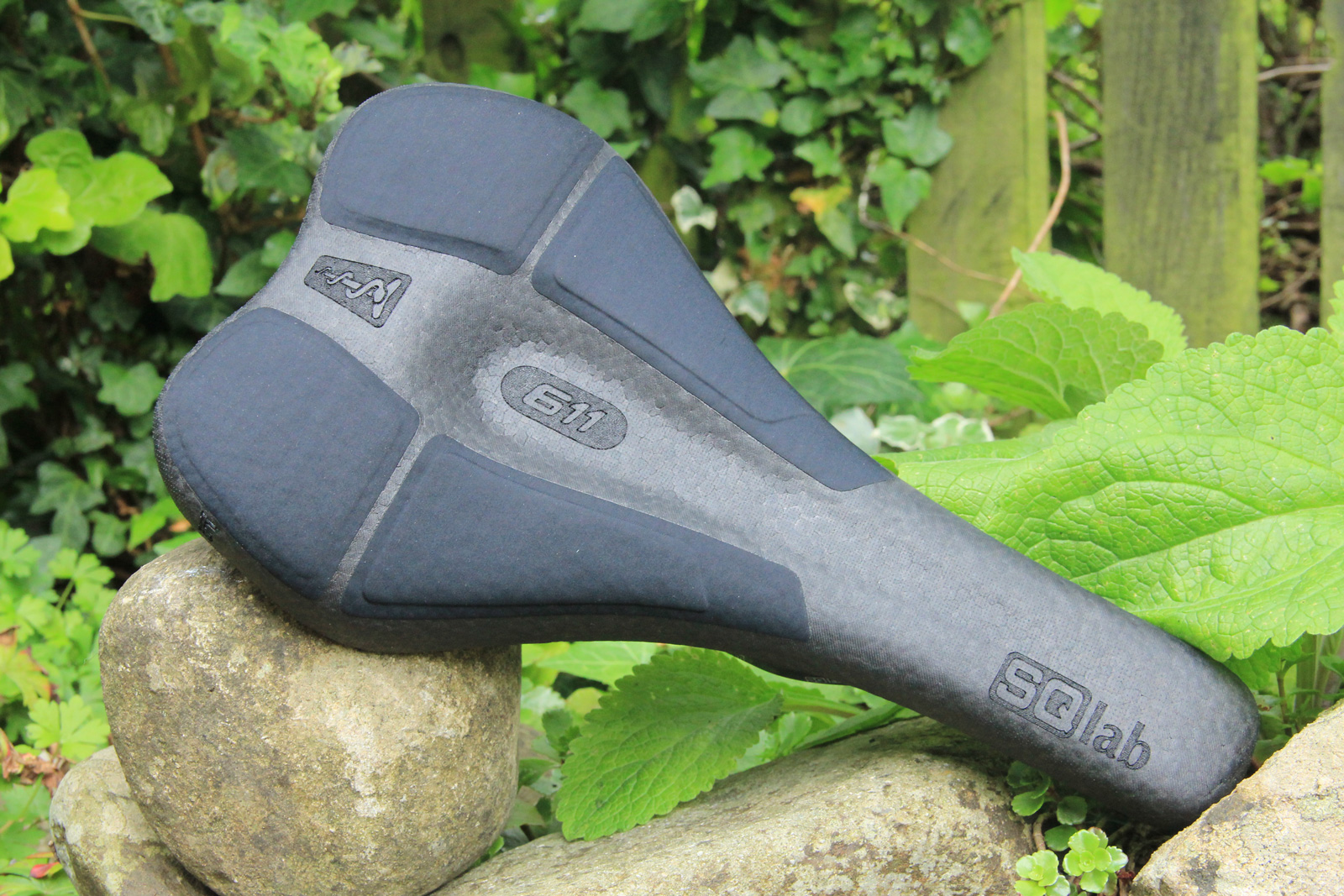SQlab has a new saddle for all-mountain and enduro riding that is made entirely in Europe. The SQlab 611 Infinergy Ergowave Active 2.1 Carbon is packed with technology – and, god forbid they fail to mention any of that technology is the saddle’s name. This is the latest evolution of the brand’s very first mountain bike saddle that debuted in 2005. Eighteen years down the line, you can be sure this is the very best they have to offer.
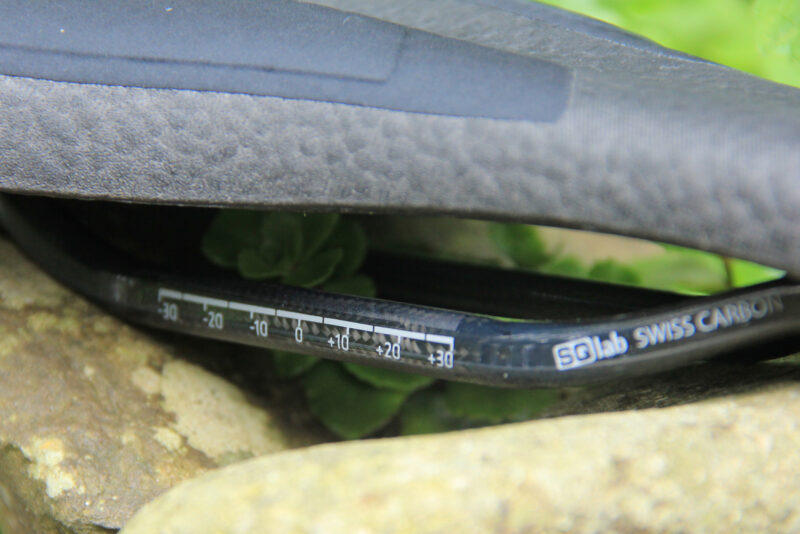
Extra noteworthy is the fact that the 611 Infinergy Ergowave Active 2.1 Carbon is now made in Germany, with the carbon rails made in Switzerland to deliver a saddle that is borne entirely out of Europe. Of course, there aren’t any performance advantages arising from this fact, but it’s a sign of more European-made products to come. SQlab founder, Tobias Hilt, says “We are looking forward to short distances, short delivery times and a significantly higher speed of innovation”.
Let’s take a closer look at the SQlab 611 Infinergy Ergowave Active 2.1 Carbon saddle.
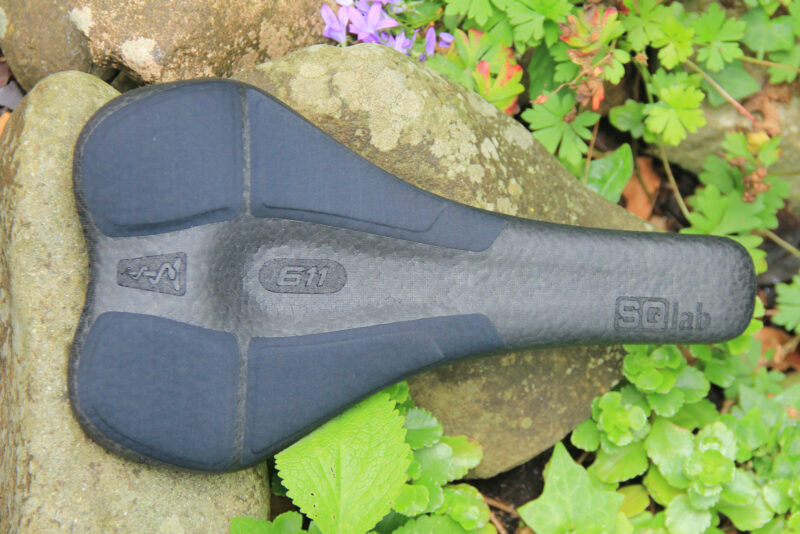
SQLab 611 Infinergy Ergowave Active 2.1 Carbon
I rate SQlab as forward-thinking brand that takes fit and ergonomics exceptionally seriously. As someone who previously suffered for years with a hamstring tendinopathy – where the hamstring tendon inserts into the sit bone – I know all too well the importance of finding a saddle that fits properly. After the aforementioned injury forced an extended break from riding, I was to say the least, a little nervous about getting back in the saddle. And, it was the SQlab 6OX Infinergy Ergowave Active 2.1 saddle that got me back to the 3-4 hour pain-free rides that I am now capable of, and I will be forever grateful for its existence.
Not dissimilar to that eMTB saddle is the SQLab 611 Infinergy Ergowave Active 2.1 Carbon. As the name suggests, it utilizes a similar set of sit bone- and lower back-friendly technologies, but in a slightly narrower package (at the nose and rear) designed to provide more clearance to all-mountain and enduro riders that require extra wiggle room for managing balance on twisty, technical descents.
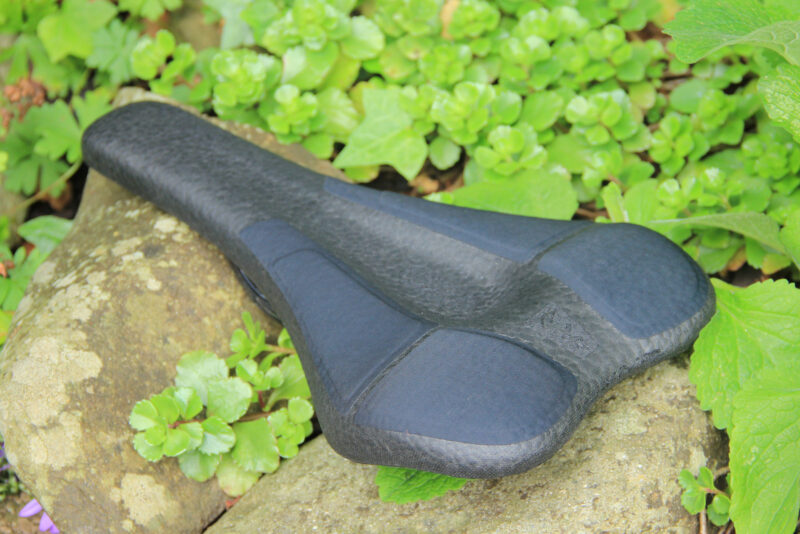
The saddle’s main material is called Infinergy, a vibration-damping material created by BASF that has long been implemented in high-end running shoes.
The Infinergy material looks to be quite soft and vulnerable, but in my experience it’s really quite durable and tear resistant, with no visible signs of wear despite exposure to the mud that accumulates on the saddle on wet rides, and the occasional trail-side lie down. SQlab say the Infinergy material doesn’t require a full cover for that reason; instead, the saddle gets some kind of tape positioned in the weight-bearing regions that improves durability but also serves to increase density and support.
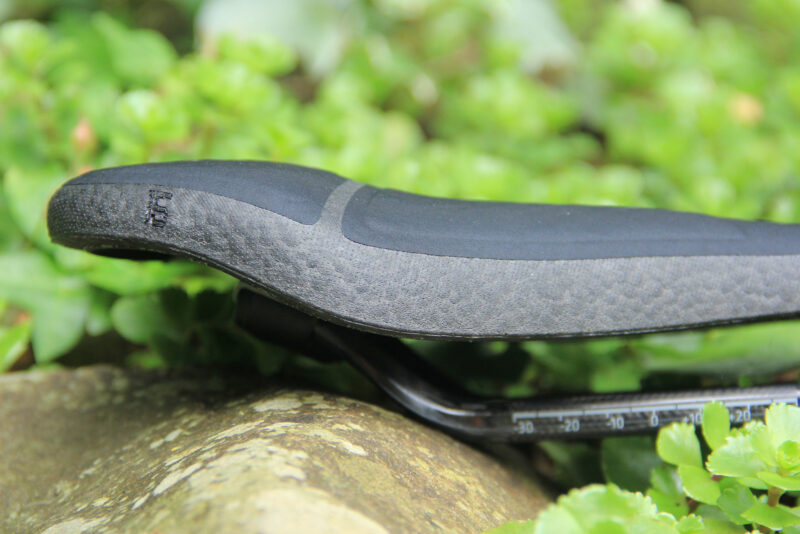
Importantly, that increased density at the sit bone area prevents the riders sit bones from sinking into the saddle and forcing undesirable load upon the soft tissues – tendons, nerves and fascia – in that region. A considerable step at the rear allows the pelvis to lock into the saddle, preventing the rider having to over-compensate with body position when tacking steep inclines.

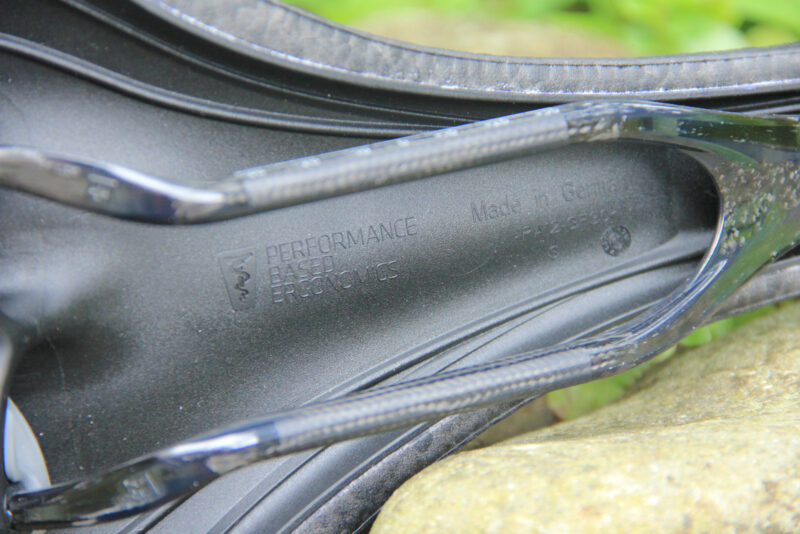
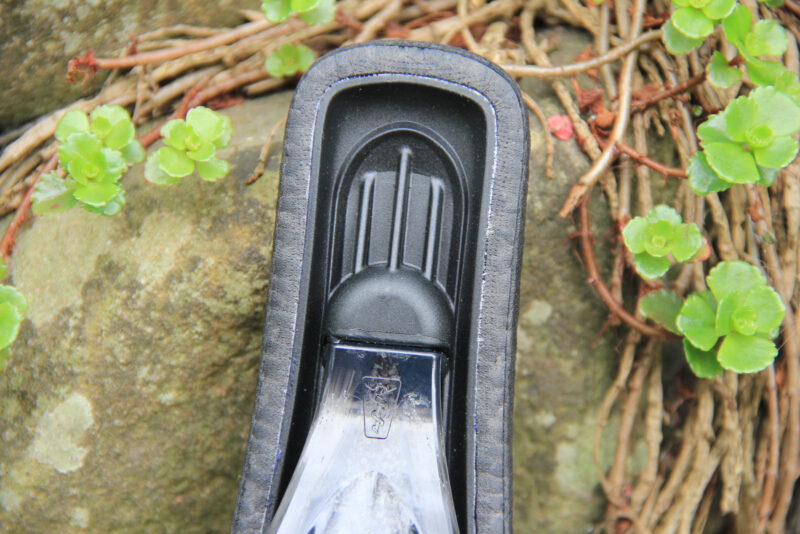
The Infinergy material is supported by a polymer base, itself supported by carbon rails that are made in Switzerland.
The Swiss company responsible specializes in carbon automation, and SQlab has been using them to manufacture rails for around 5 years already. The semi-automated process is what allows SQlab to keep the pricing of this European-made saddle in check. At $259.99 USD, it is still more expensive than SQ’s Taiwanese-made saddles, but it’s not quite Swiss Rolex pricing.
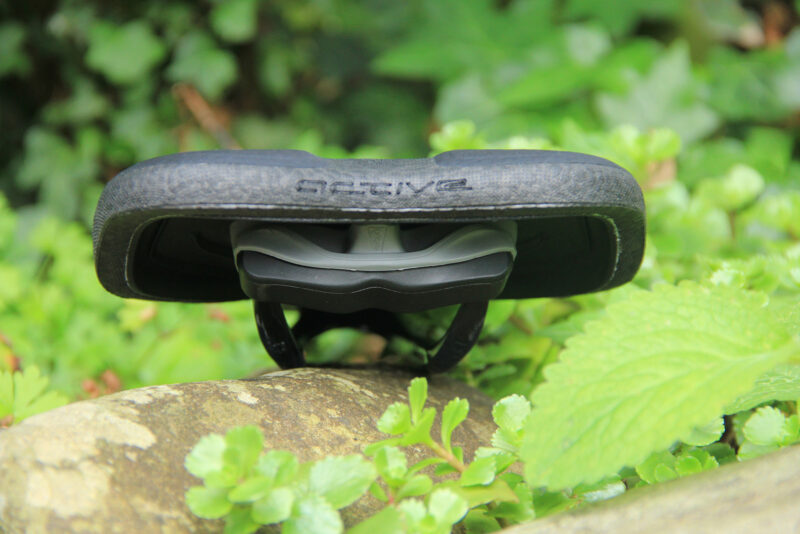
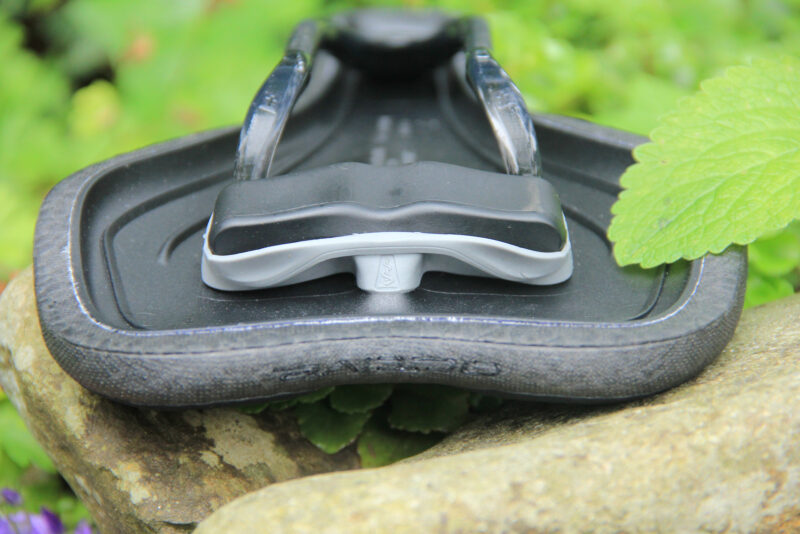
At the rear of the saddle, between the rails and the polymer base, is an elastomer; this is a key part of the “Active” technology alluded to in the name. Engineered into the saddle is a subtle rocking movement that allows each wing of the saddle to flex downward as the rider’s pelvis rocks from side-to-side during pedalling. The movement is said to increase comfort as it is easier on the inter-vertebral discs of the lower back. You can read more about SQlab’s justification for using this technology here.
There are three elastomers to choose from; the saddle comes with the medium option installed, but a firm one will offer up more support, with minimal lateral movement. Meanwhile, the soft elastomer has the least support resulting in more movement. It’s a bit tricky to switch them out, but a little bit of lubrication courtesy of disc brake cleaner goes a long way.
Pricing & Availability
The SQlab 611 Infinergy Ergowave Active 2.1 Carbon saddle will be available in 13 cm, 14 cm, 15 cm, 16 cm and 17 cm widths.
Important: that number does not pertain to the saddle’s full width – it’s around 0.5 cm wider than that. Of course, you must choose the saddle width based upon your sit bone width. Mine measure up at around 13 cm, but I ride the 15 cm version because SQlab actually recommend going two centimeters wider than your sit bone width to ensure proper support. It weighs just 221 grams.
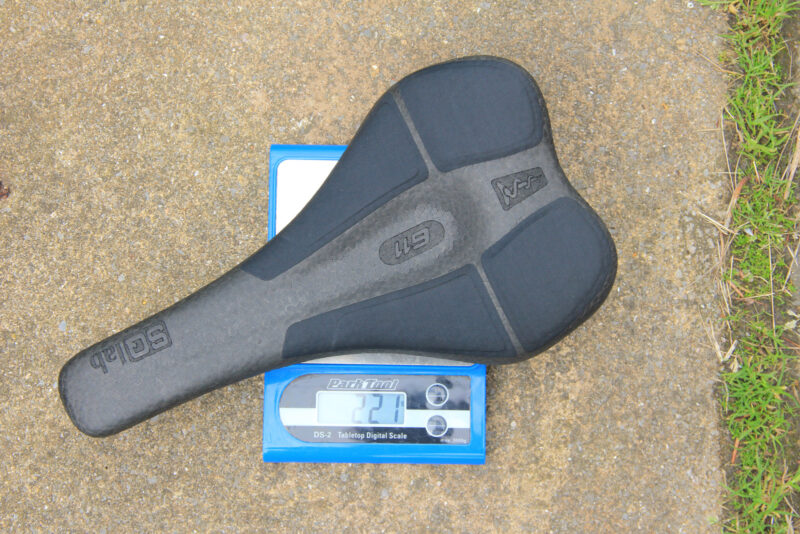
Availability is still to be announced but, when it finally drops, the SQlab 611 Infinergy Ergowave Active 2.1 Carbon saddle will retail at € 229.95 // $259.99 USD // £199.99.
